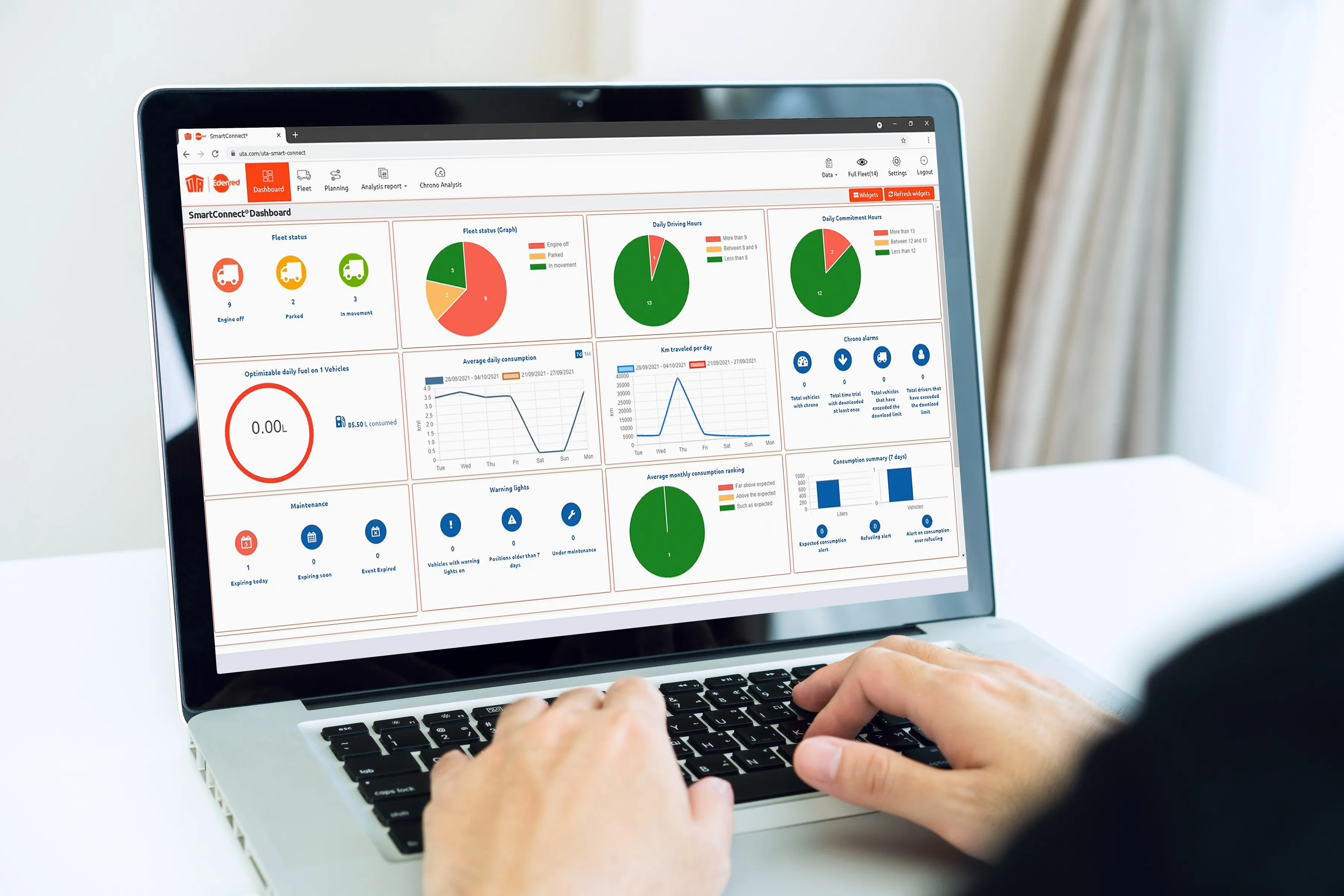The latest research by ABI Research forecasts the global penetration of embedded and hybrid factory installed OEM telematics in new passenger cars to exceed 72 per cent by 2021. Growth will mainly be driven by key volume car OEMs in the US, European Union and China markets. Brands within these markets showing accelerated growth include GM, which expects to reach 12 million OnStar subscribers globally by the end of 2016, including its Opel brand in Europe and Cadillac in China; and Ford, which claims to have
March 3, 2016
Read time: 2 mins
The latest research by 5725 ABI Research forecasts the global penetration of embedded and hybrid factory installed OEM telematics in new passenger cars to exceed 72 per cent by 2021. Growth will mainly be driven by key volume car OEMs in the US, European Union and China markets. Brands within these markets showing accelerated growth include 1959 GM, which expects to reach 12 million OnStar subscribers globally by the end of 2016, including its 4233 Opel brand in Europe and Cadillac in China; and Ford, which claims to have already 15 million SYNC-equipped vehicles on the road worldwide.
“While lower cost hybrid approaches remain attractive to end users, a clear trend toward embedded solutions can be observed, as illustrated by Ford’s recently announced SYNC Connect,” says Dominique Bonte, managing director and vice president at ABI Research. “At the same time, embedded solutions are made more affordable through shared data plans, allowing customers to avoid purchasing a separate connected car data plan by adding allowing their connected cars to existing plans.”
The rising embedded solutions trend is resulting in fierce competition among carriers vying to capture lucrative connected car market share in an increasingly saturated mobile environment. While in the US, AT&T and Verizon are pitched against each other, Vodafone, T-Mobile, and Telefonica are competing in Europe. Meanwhile in China, major carriers are also actively targeting the automotive segment.
The strong expected growth of OEM connected car solutions is due to a number of factors, which include eCall mandates in the EU and Russia, increasing user awareness about safety, and improved value propositions through additional services such as UBI, preventive maintenance, and remote control capabilities via smartphones and wearables.
Additionally, ABI Research anticipates next-generation use cases, such as vehicles used as delivery locations and Car-to-Home applications, to start gaining momentum and increase the perceived value of connected car offers from car manufacturers like609 Volvo, 278 Ford, 1731 BMW, and 1686 Toyota.
“Despite major market growth in OEM telematics, though, cyber security continues to remain a challenge,” concludes Bonte. “To overcome this obstacle, many car OEMs are implementing over-the-air software capabilities, which in itself is expected to become a major growth driver for vehicle connectivity in the future.”
“While lower cost hybrid approaches remain attractive to end users, a clear trend toward embedded solutions can be observed, as illustrated by Ford’s recently announced SYNC Connect,” says Dominique Bonte, managing director and vice president at ABI Research. “At the same time, embedded solutions are made more affordable through shared data plans, allowing customers to avoid purchasing a separate connected car data plan by adding allowing their connected cars to existing plans.”
The rising embedded solutions trend is resulting in fierce competition among carriers vying to capture lucrative connected car market share in an increasingly saturated mobile environment. While in the US, AT&T and Verizon are pitched against each other, Vodafone, T-Mobile, and Telefonica are competing in Europe. Meanwhile in China, major carriers are also actively targeting the automotive segment.
The strong expected growth of OEM connected car solutions is due to a number of factors, which include eCall mandates in the EU and Russia, increasing user awareness about safety, and improved value propositions through additional services such as UBI, preventive maintenance, and remote control capabilities via smartphones and wearables.
Additionally, ABI Research anticipates next-generation use cases, such as vehicles used as delivery locations and Car-to-Home applications, to start gaining momentum and increase the perceived value of connected car offers from car manufacturers like
“Despite major market growth in OEM telematics, though, cyber security continues to remain a challenge,” concludes Bonte. “To overcome this obstacle, many car OEMs are implementing over-the-air software capabilities, which in itself is expected to become a major growth driver for vehicle connectivity in the future.”









